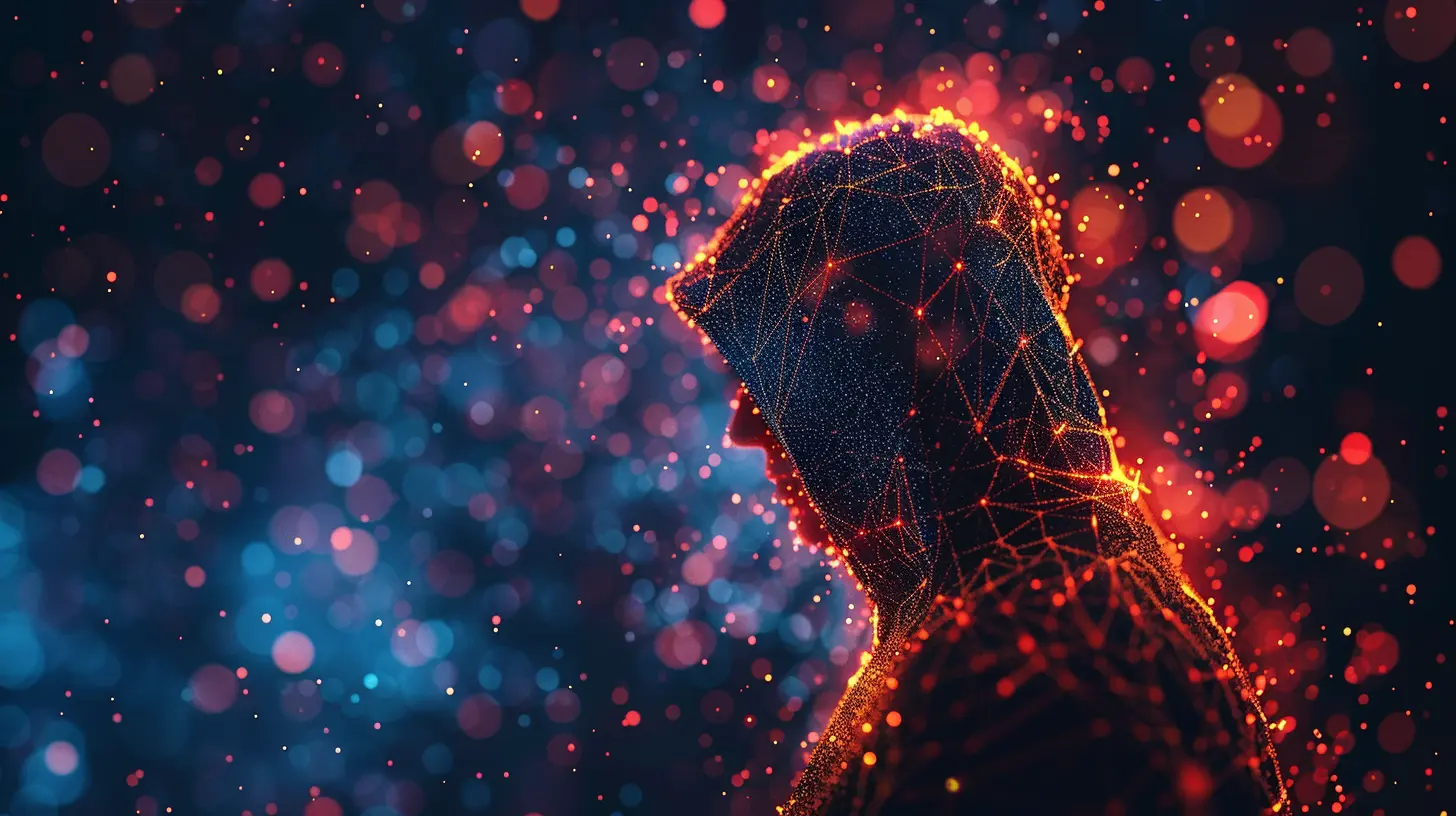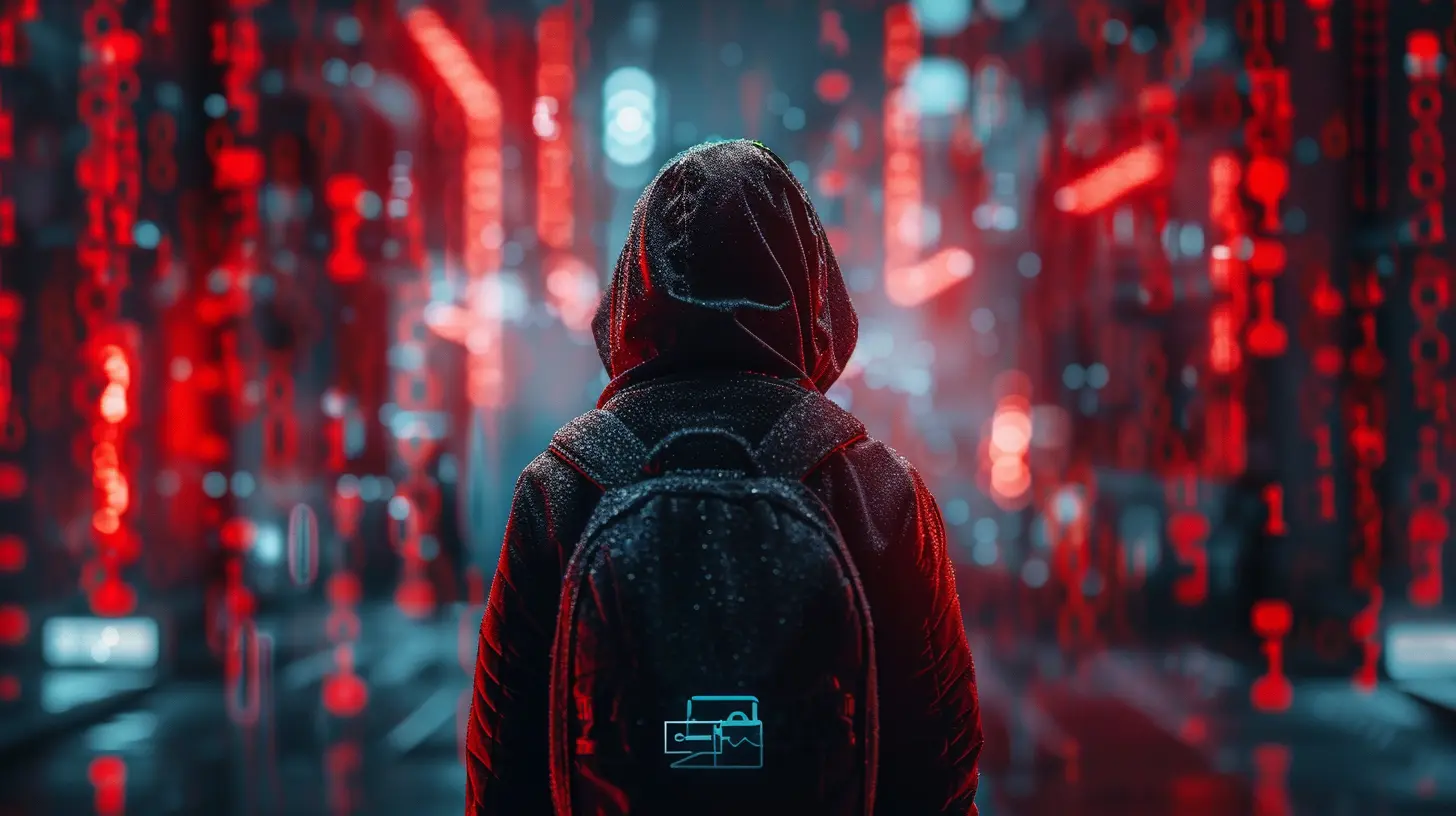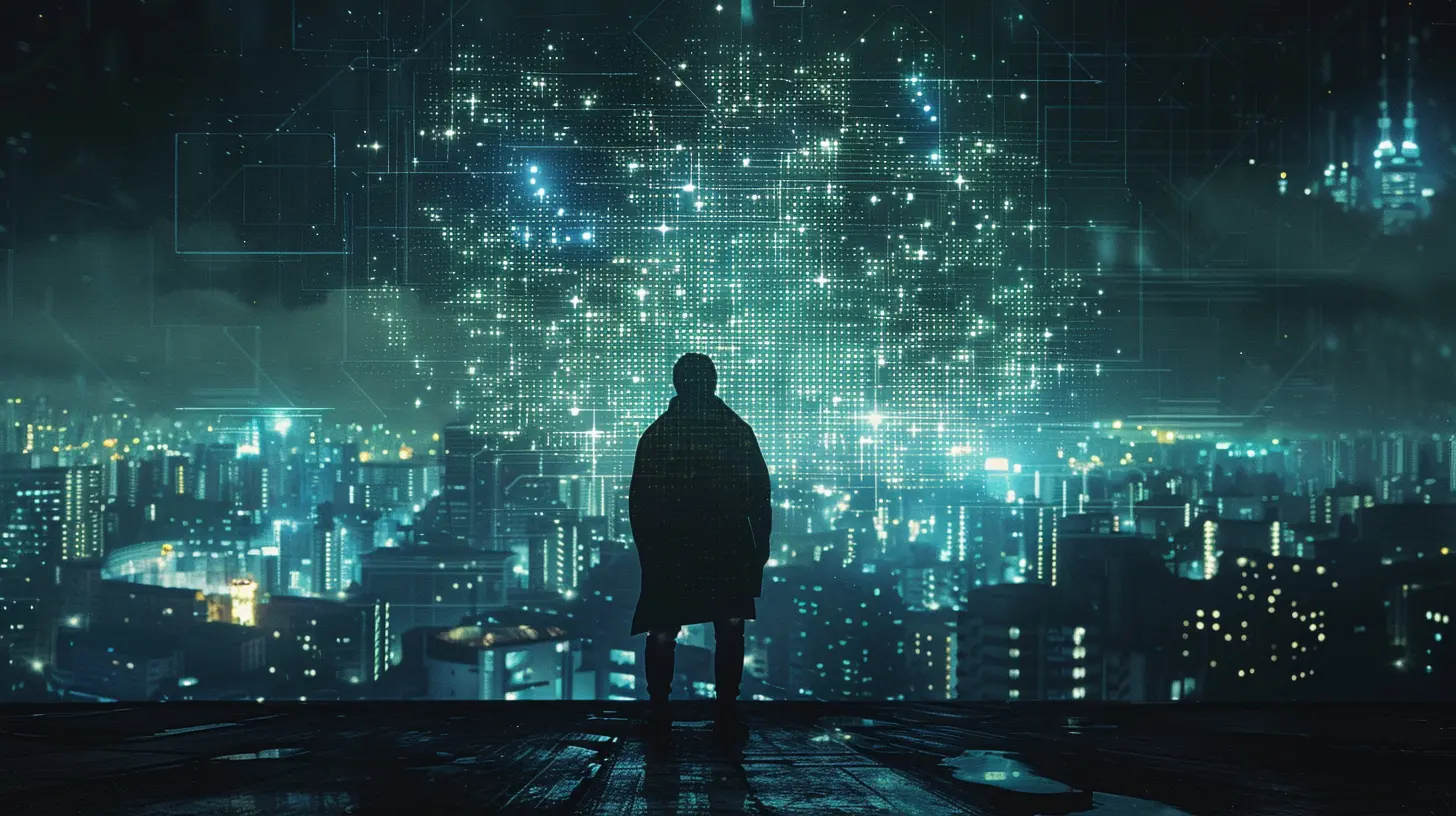Understanding the Dark Web: What You Should Know About Hidden Threats
17 July 2025
The internet is a vast universe. It's like an iceberg—what you see on Google is just the tip. Beneath the surface lies a hidden world that most of us will never navigate, and honestly, that’s probably for the best. This hidden layer is known as the Dark Web, and it’s both fascinating and frightening. So, what's really going on in the shadows of the internet? And what should you know to stay safe?
Let’s pull back the curtain and take a deep dive.
What Is the Dark Web, Anyway?
First things first—what exactly is the Dark Web?Imagine the internet as a three-layered cake:
- Surface Web: This is what you use daily—Google, Facebook, Wikipedia. It’s indexed by search engines and readily accessible.
- Deep Web: Stuff like your email inbox, online banking, academic databases—these aren’t publicly indexed but are perfectly legal and useful.
- Dark Web: Now here’s where it gets tricky. This part is intentionally hidden and requires special software like Tor (The Onion Router) to access. It’s encrypted, anonymous, and often used for shady dealings. But it’s not all bad—we’ll get to that in a bit.
So, the Dark Web isn't some underground lair filled only with cybercriminals. But yeah, there’s a lot of sketchy stuff going on there.
How Do You Access the Dark Web?
You need more than just curiosity to venture into the Dark Web—you need the right gear.That’s where Tor comes in. Tor is a browser that bounces your internet traffic through multiple servers around the world. This makes your activity super hard to trace. It's like taking a cab, switching cars a dozen times, and then hopping on a boat… all to keep your identity hidden.
But keep in mind: anonymity goes both ways. While it protects you, it also protects the people you probably don’t want to meet.
Not Everything on the Dark Web Is Evil
Let’s clear up a huge misconception: the Dark Web isn’t 100% illegal. In fact, there are legitimate reasons why people use it.Journalists, whistleblowers, and human rights activists often rely on it to communicate safely under oppressive regimes. Some content on the Dark Web serves as a lifeline for folks living in countries with censorship or surveillance.
So no, it’s not just a virtual black market. But make no mistake—there’s a darker side.
The Dark Web's Dirty Laundry: Hidden Threats Lurking Beneath
Alright, let's talk about the elephant in the room. The Dark Web has earned its reputation for a reason.1. Illegal Marketplaces
Think Amazon, but for drugs, weapons, fake passports, and malware. Sites like the now-defunct Silk Road made headlines for creating a black-market haven. And even though Silk Road was taken down, others have popped up like mushrooms after rain.Even COVID-related goods—like fake vaccine certificates—found their place there. Scary, right?
2. Stolen Data for Sale
Ever get a weird charge on your credit card? There's a chance your info was sold somewhere in the depths of the Dark Web. Hackers frequently upload and sell huge datasets—credit card numbers, logins, social security numbers—you name it.It’s like a garage sale from hell.
3. Hacking Services
Need someone to break into an email account (seriously, don’t)? There’s a hacker-for-hire for that. Want to DDoS a website? There’s a price tag for that too.It’s a dark, digital underground economy.
4. Malware and Exploits
The Dark Web is a goldmine for cybercriminals looking for the latest malware tools. Some even run customer support for their “products.” Yeah, imagine calling tech support for a virus.The tools bought here often end up as ransomware attacks that cripple hospitals, schools, or even city governments.
5. Illegal Content (Trigger Warning)
We're not going into details, but this is the darkest part of the Dark Web. Content that’s so disturbing and unethical that it’s illegal in almost every part of the world.Authorities are constantly battling to shut these operations down, but due to the anonymous nature of the Dark Web, it’s like playing whack-a-mole.
Why Should You Care About the Dark Web?
Great question. You might be thinking, “I’ve never used it, so why should I care?”Here’s the deal. Your personal info might already be there. Even if you’ve never heard of Tor or visited a .onion site, your data could be floating around in this digital black market—likely without your permission.
Cybersecurity breaches are so common these days that it’s not about if your data will get stolen, but when.
Plus, the ripple effects are real. Identity theft, financial fraud, phishing attacks—they all start somewhere, and often that somewhere is the Dark Web.
Red Flags That Your Info Might Be on the Dark Web
Worried? Here are a few signs that your data might be compromised:- You're receiving random password reset emails.
- You notice logins from unknown locations.
- Bank transactions you didn’t make are popping up.
- You get alerts from your identity theft monitoring service (if you use one).
If any of these sound familiar, it’s time to take action.
How to Protect Yourself From Dark Web Threats
Alright, now that we’ve painted a picture of what’s out there, let's talk defense.1. Use Strong, Unique Passwords
No more “123456” or your pet’s name. Use a password manager to keep track, and make sure each account has a unique password.2. Enable Two-Factor Authentication (2FA)
This tiny step adds a huge layer of protection. Even if someone gets your password, they’ll still need the second factor to get in.3. Regularly Monitor Your Accounts
Keep an eye on your bank and credit card statements. Spot something fishy? Act fast.4. Use Dark Web Monitoring Tools
Some cybersecurity companies offer tools that scan the Dark Web for your info. Think of it as having a digital watchdog sniffing out threats.5. Keep Software Updated
Patches and updates aren’t just for show—they fix security flaws that hackers love to exploit.Should You Visit the Dark Web?
Plain and simple—probably not.Curiosity is natural, sure. But unless you have a specific, legitimate reason and know exactly what you’re doing, it’s a risky place. Visiting random .onion sites is like walking into an abandoned, haunted building—blindfolded.
If you must explore, do your homework. Use a secure setup, never give out personal info, and be ready for what you might see. But for most folks? It’s best to steer clear.
The Role of Law Enforcement
Here’s something reassuring—you’re not alone in this. Law enforcement agencies around the world are actively working to monitor and take down illegal Dark Web operations.They’re using advanced tech, AI, and international cooperation to track down cybercriminals. But it’s a slow, ongoing battle. And because of the Dark Web’s anonymous nature, it’s a game of cat and mouse.
Final Thoughts
The Dark Web is like a digital underworld. It’s not inherently evil, but it harbors a lot of dark stuff. For most of us, it’s best to stay out of that shadowy corner of the internet.But knowing it exists—and understanding the risks—is critical in this hyper-digital age. Whether it’s protecting your personal data or staying informed about cybersecurity threats, awareness is your first line of defense.
Remember, staying safe online isn’t about paranoia—it’s about preparation. The internet can be a wild place, but with the right tools and mindset, you can navigate it securely without falling into the dark.
all images in this post were generated using AI tools
Category:
CybersecurityAuthor:

Michael Robinson
Discussion
rate this article
2 comments
Anabella McConnell
While the Dark Web hosts both legal and illegal activities, it's essential to approach it with caution. Users should prioritize cybersecurity measures, stay informed about potential threats, and avoid engaging in illicit activities to protect themselves and their personal information.
November 7, 2025 at 4:36 AM

Michael Robinson
Absolutely, caution and cybersecurity awareness are crucial when navigating the Dark Web to ensure personal safety and security.
Fenn Ellison
Diving into the Dark Web is like exploring a mysterious cave: you’ll find shiny rocks, but don’t forget your flashlight—and maybe a superhero cape for the hidden threats!
July 28, 2025 at 3:38 AM

Michael Robinson
Great analogy! Just like a cave, the dark web holds both treasures and dangers—vigilance is key!


